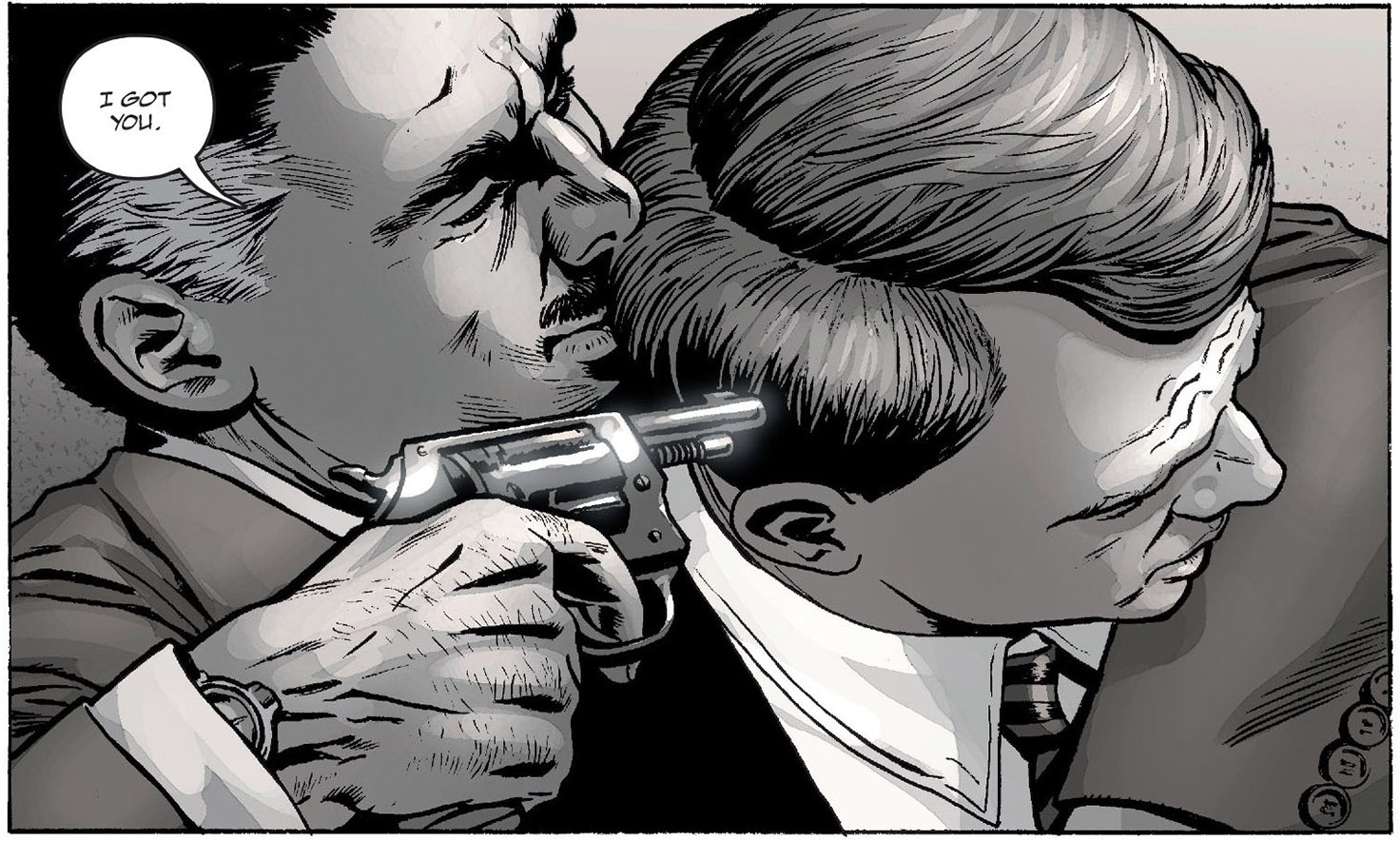“A shadow, a story”: Ship in a Bottle
I doubt it was deliberately planned this way, but “Ship in a Bottle” is the absolute perfect pick for the first Star Trek: The Next Generation episode to go out into a world where Star Trek: Deep Space Nine is a material reality. After the chaotic upheaval of “Chain of Command” and the apotheosis of “Emissary”, Star Trek: The Next Generation needed to pitch something that would unequivocally prove it was still in the game: Something that it and only it could not just execute, but execute flawlessly to once more and for good demonstrate to us it’s not going to rest in its laurels, retire and hand the keys over to its wildly successful and popular younger sister.
(The audience figures for “Emissary” were, in case you were wondering, through the roof. There’s no question that in January, 1993 Star Trek: Deep Space Nine was the biggest and most popular show on television.)
And “Ship in a Bottle” is precisely that. It follows on from the intense symbolic power of “Emissary” and while it may be a lower-key and smaller-scale manifestation of it, that power is still there. This is a story about the lasting influence of ideas and fictional concepts and even reveals a subtle hint at the nature of reality itself. We’ve finally wrapped up any anxieties we might have had left over from “Time’s Arrow”…and shown how inaccurate the title of that episode really was in the process. And just incidentally, I find it somewhat interesting that immediately following “Emissary” we get a story about a supposedly forgotten person from Captain Picard’s past who holds a bitter grudge against him. However, the narrative never gives Moriarty the high ground here; his grudge against Captain Picard is never shown to be anything other than sadly misguided. Grudges and lingering bitterness are not constructive emotions.
Professor Moriarty is understandably upset at being shoved into cold storage for four years. But it’s not Captain Picard he should be upset with, but the estate of Sir Arthur Conan Doyle: Although the Sherlock Holmes stories were in the public domain in the US in 1988, they were still under copyright in the UK, and the Doyle estate sent a sternly worded letter to Paramount saying that if they wanted to use the characters and setting again they’d have to ask permission and pay a licensing fee. The letter was more in response to the Young Sherlock Holmes TV series and not “Lonely Among Us” or “Elementary, Dear Data”, but it was enough to spook the Star Trek: The Next Generation production team into not using the consulting detective again until now.
The legal backstory is worth delving into a little further, because it actually runs up against the major themes “Ship in a Bottle” is trying to convey in an interesting way and, in doing so, it reveals where Star Trek: The Next Generation stands at this point in time in terms of a broad culture-scale ethical position.…


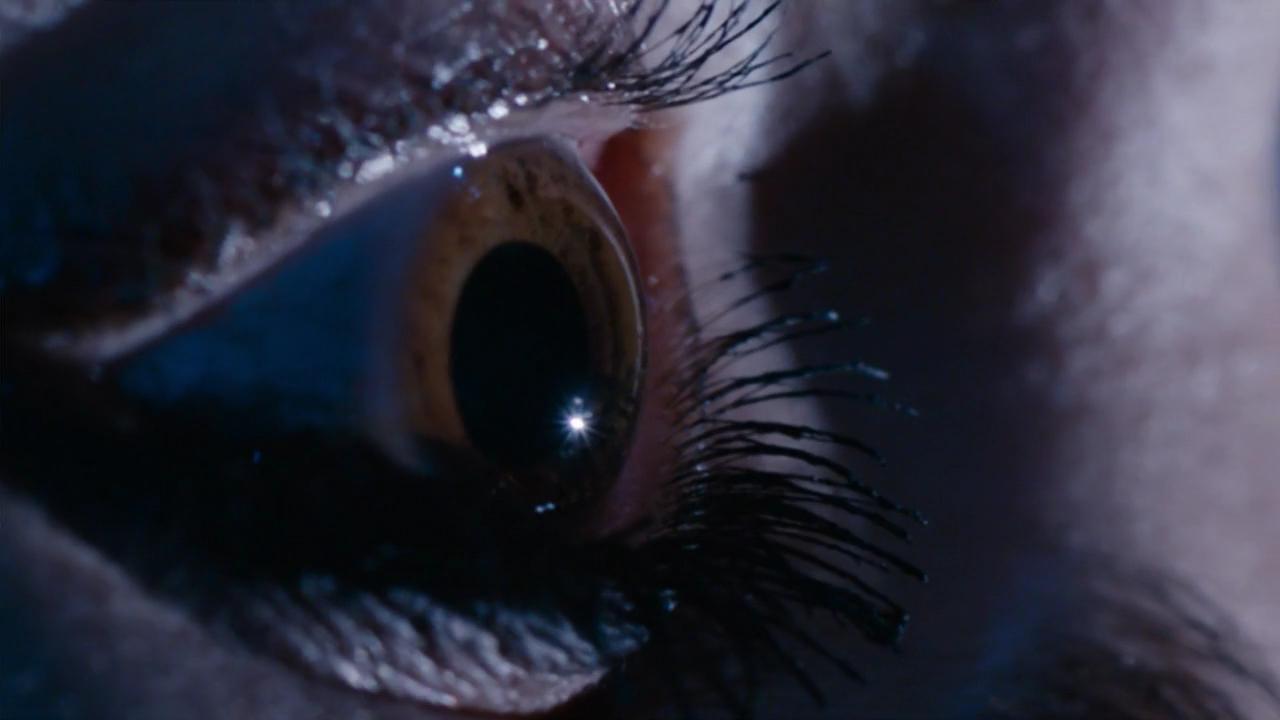 So I was wondering what I was going to write for this week’s essay. I knew it would be on Doctor Who symbolism, but what? The TARDIS as a Religious Object? The Circle in the Square? Eyes? Something on Mirrors, perhaps? I eventually decided I’d let Saturday’s episode decide it for me. As such, I was rather taken with the fact that the opening image was a close-up of a singular Eye. Upside down. In an episode which features a Mirror reflection and an invocation of the TARDIS as a vehicle of the gods at its emotional climax (which was distinct from the Faux Resolution of defeating the Mire). But the Eye came first, so the Eyes have it.
So I was wondering what I was going to write for this week’s essay. I knew it would be on Doctor Who symbolism, but what? The TARDIS as a Religious Object? The Circle in the Square? Eyes? Something on Mirrors, perhaps? I eventually decided I’d let Saturday’s episode decide it for me. As such, I was rather taken with the fact that the opening image was a close-up of a singular Eye. Upside down. In an episode which features a Mirror reflection and an invocation of the TARDIS as a vehicle of the gods at its emotional climax (which was distinct from the Faux Resolution of defeating the Mire). But the Eye came first, so the Eyes have it.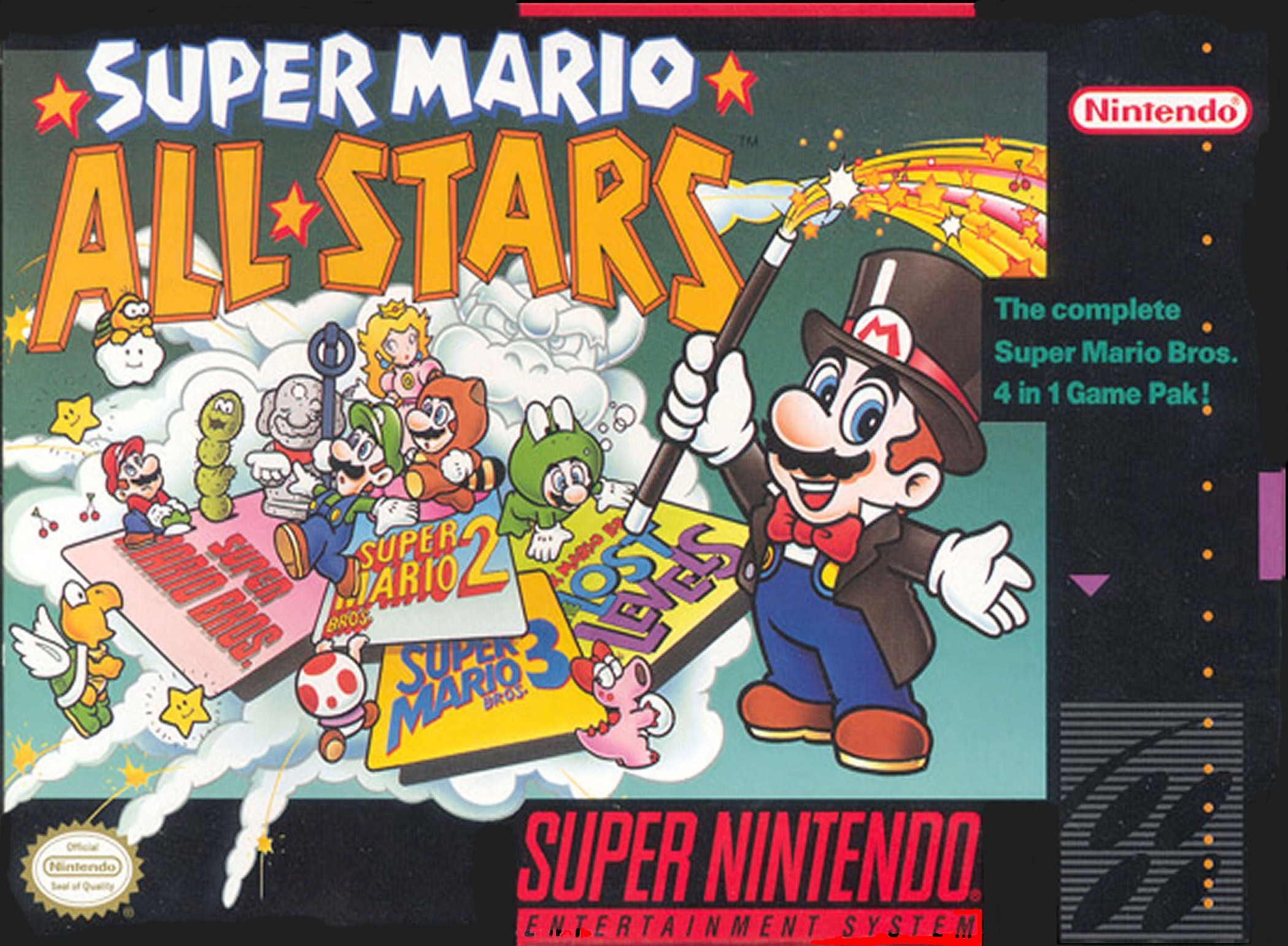 Our past, reflected back, is a strange sight, especially the first time we glimpse it. Nostalgia made its Nintendo debut in 1990 with
Our past, reflected back, is a strange sight, especially the first time we glimpse it. Nostalgia made its Nintendo debut in 1990 with 
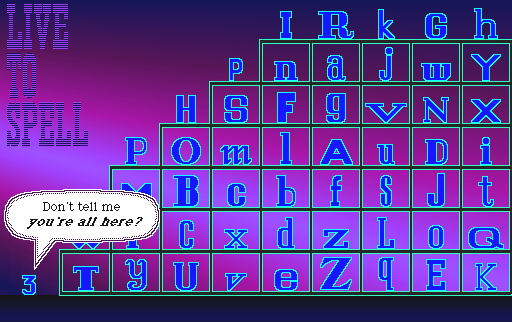 Is ‘Y’ a vowel or a consonant?
Is ‘Y’ a vowel or a consonant?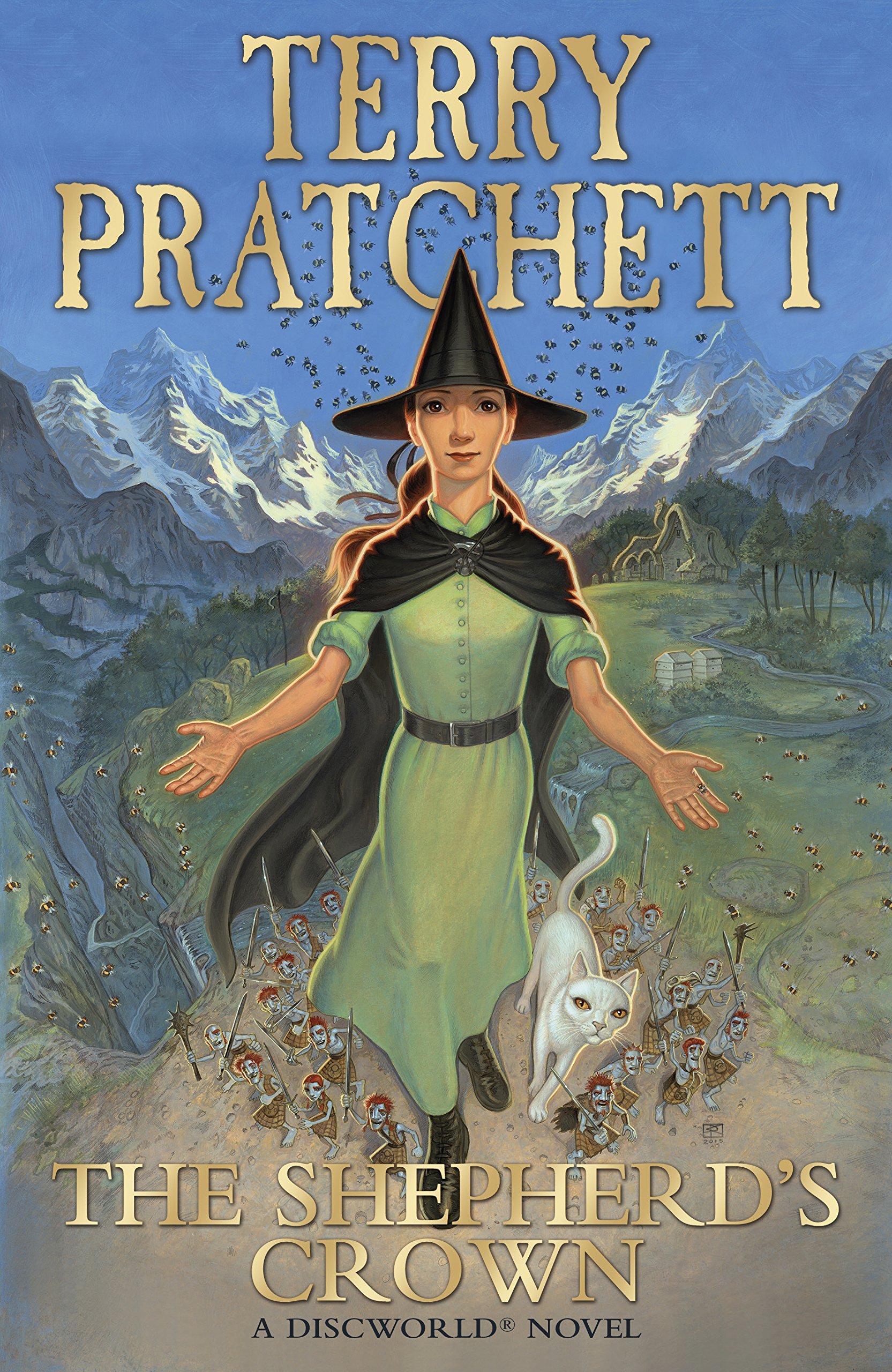 The Shepherd’s Crown by Terry Pratchett
The Shepherd’s Crown by Terry Pratchett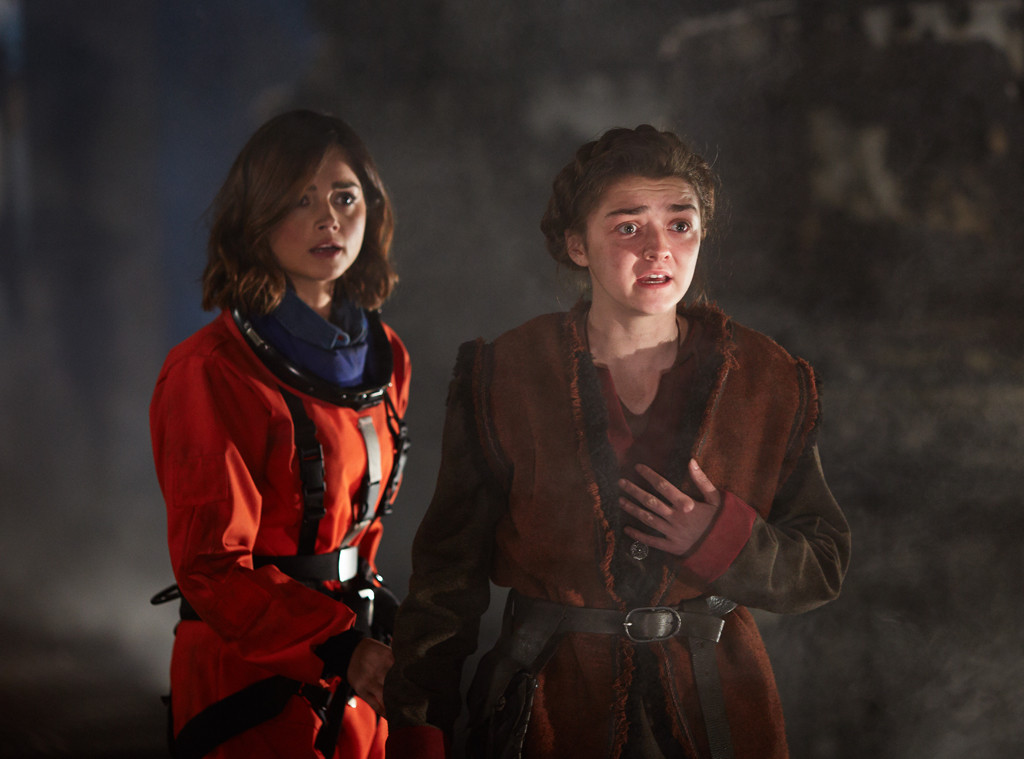 Oh good, they didn’t just completely forget how to make
Oh good, they didn’t just completely forget how to make 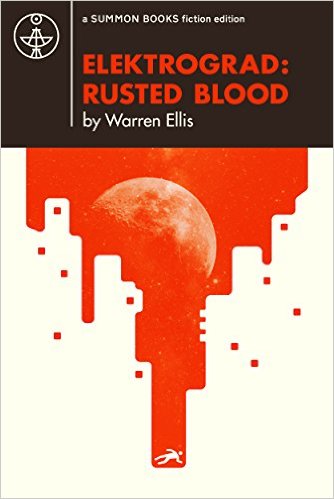 Ah, Best Novelette. The form that only the Hugos actually recognize, occupying the space between short story and short novel. Long story, as it were. Or, in technical terms, anything between 7,500 and 17,500 words long, because obviously people know the word length of things they read.
Ah, Best Novelette. The form that only the Hugos actually recognize, occupying the space between short story and short novel. Long story, as it were. Or, in technical terms, anything between 7,500 and 17,500 words long, because obviously people know the word length of things they read.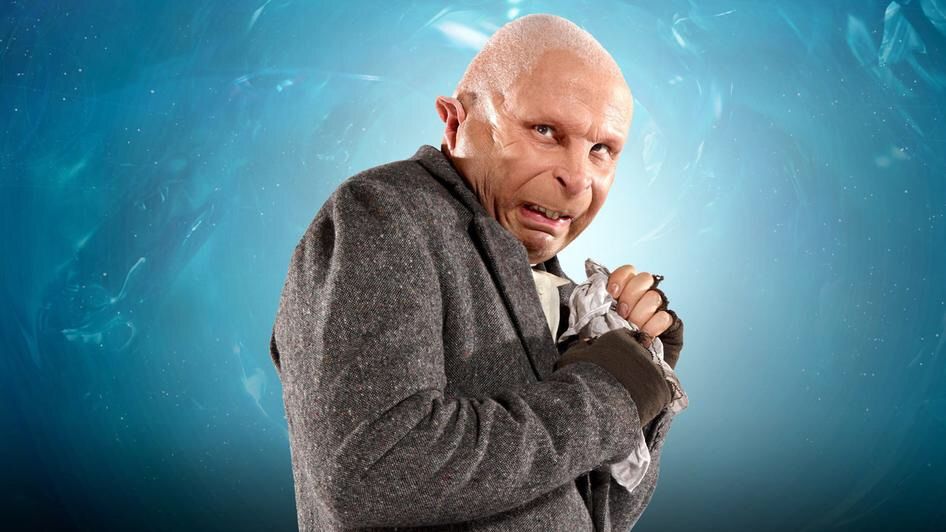 Following Jack’s
Following Jack’s 